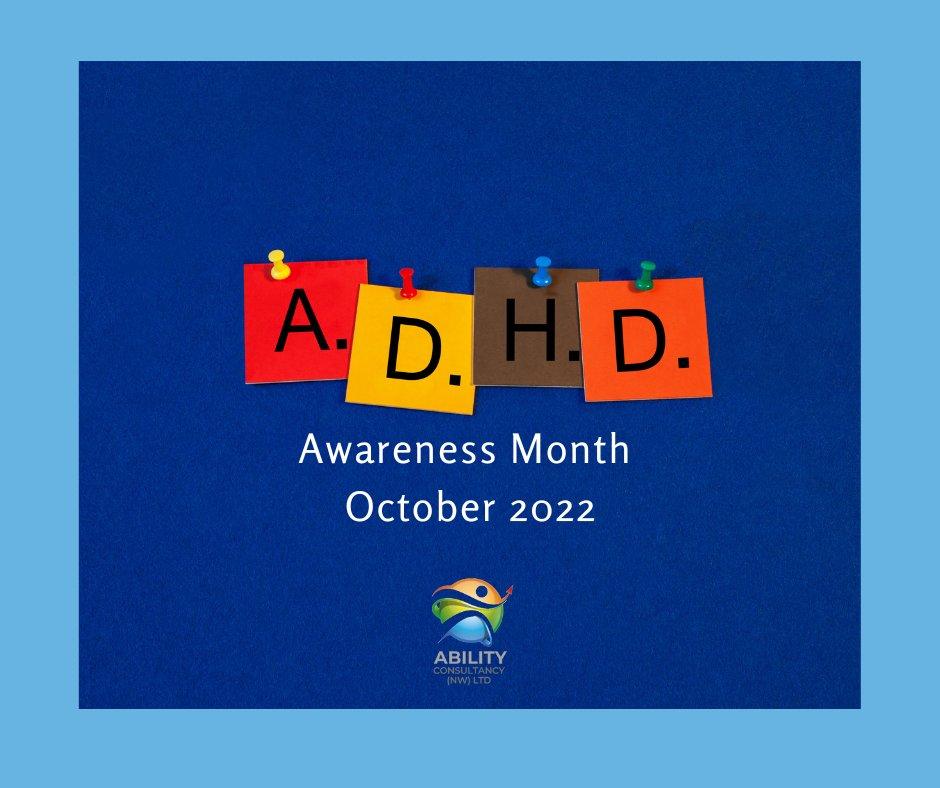ADHD and Poetry The Rhythms of a Creative Mind
Attention Deficit Hyperactivity Disorder (ADHD) is often characterized by symptoms such as impulsivity, hyperactivity, and difficulty in sustaining attention. However, amidst these challenges lies a unique perspective and a wealth of creativity waiting to be explored. In the realm of poetry, individuals with ADHD often find solace, expression, and a medium through which they can channel their thoughts and emotions. This article delves into the intersection of ADHD and poetry, exploring how the disorder influences the creative process and the unique perspectives it brings to the art form.
Understanding ADHD and Its Impact on Creativity
ADHD is a neurodevelopmental disorder that affects individuals across various aspects of their lives, including academics, work, and social interactions. However, it is essential to recognize that ADHD medicine is not solely a hindrance; it also comes with its set of strengths, one of which is creativity. Research has suggested that individuals with ADHD often exhibit heightened creativity, characterized by their ability to think outside the box, generate novel ideas, and make unique connections between disparate concepts.
One of the hallmarks of ADHD is the tendency to have a racing mind, constantly shifting from one thought to another. While this may pose challenges in focusing on mundane tasks, it can be a boon for creative endeavors such as poetry. The rapid flow of thoughts and ideas can fuel the creative process, allowing individuals with ADHD to produce poetry that is dynamic, spontaneous, and brimming with energy.
Poetry as a Therapeutic Outlet
For many individuals with ADHD, poetry serves as more than just a creative outlet; it is a therapeutic tool for self-expression and emotional regulation. Writing poetry allows them to externalize their thoughts and feelings, providing a sense of catharsis and relief. The rhythmic structure of poetry can also provide a sense of order and control amidst the chaos of ADHD symptoms.
Moreover, poetry offers a medium through which individuals with ADHD can embrace their unique way of experiencing the world. The nonlinear structure of many poems resonates with the non-linear thought patterns characteristic of ADHD, allowing poets to weave together seemingly disparate ideas into cohesive and compelling narratives.
Embracing Impulsivity and Creativity
While impulsivity is often viewed as a symptom to be managed in individuals with ADHD, it can also be a driving force behind creative expression. Poets with ADHD may embrace their impulsive tendencies, allowing them to write with spontaneity and authenticity. Rather than stifling their impulses, they channel them into their poetry, resulting in work that is raw, uninhibited, and deeply personal.
The creative process for individuals with ADHD may involve bursts of inspiration followed by periods of restlessness or distraction. While this may seem chaotic to an outsider, it is an integral part of their creative journey. By embracing the ebb and flow of their creative energy, poets with ADHD can harness their unique perspective to produce poetry that is both thought-provoking and emotionally resonant.
Finding Focus Through Poetry
Although individuals with ADHD may struggle with maintaining focus in everyday tasks, poetry provides a space where they can immerse themselves fully. The act of writing poetry demands concentration and attention to detail, allowing poets with ADHD to experience moments of clarity and flow. In these moments, the distractions of the outside world fade away, and they are fully present in the act of creation.
Moreover, poetry offers individuals with ADHD management a sense of accomplishment and validation for their unique way of processing information. In a world that often values conformity and linear thinking, poetry celebrates diversity of thought and expression. Through their poetry, individuals with ADHD can assert their identity and reclaim their narrative, challenging stereotypes and misconceptions about the disorder.
Conclusion
ADHD and poetry may seem like unlikely bedfellows, but they share a deep connection rooted in creativity, spontaneity, and emotional depth. For individuals with ADHD, poetry offers a sanctuary where they can channel their thoughts and feelings into art, transcending the limitations imposed by their diagnosis. By embracing their unique perspective and harnessing the power of their creativity, poets with ADHD are not just surviving; they are thriving, enriching the world with their vibrant voices and unique insights.
In the rhythmic cadence of their verses, we find echoes of their restless minds and untamed spirits, reminding us that creativity knows no bounds, not even those set by ADHD. As we celebrate the intersection of ADHD and poetry, let us recognize the beauty and resilience of the human spirit, finding solace and inspiration in the rhythms of a creative mind.

